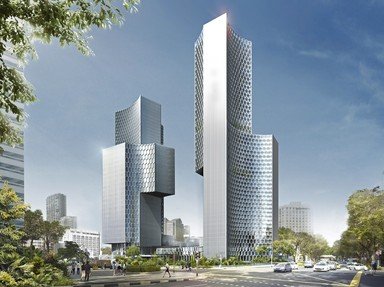Quiz Answer Key and Fun Facts
1. What subclass of medieval Romanesque architecture built as far back as the early eleventh century is mainly found in England (in structures like Winchester Cathedral and Colchester Castle) and features large, rounded arches?
2. In which city would you be most likely to find Gothic architecture, characterised by pointed arches, usually on religious structures?
3. Baroque emerged after Renaissance Architecture's reign in Europe. Why would you be likely to see Baroque not only in Italy, where it was first created, but also in India and Peru?
4. Expressionist architecture, which started at the beginning of the twentieth century, was considered a stylistic response created as a result of which major event?
5. Constructivist architecture, preserving the general aesthetics of Communism, can primarily be found in what country?
6. Part of the Modernist school of art, what form of architecture, originally from Germany, did away with adornment to provide basic structures dedicated to functionality?
7. Balance and volume were the main focus of International Style, the influence of which spanned several decades in the mid-twentieth century. Which of these buildings was NOT part of this movement?
8. Which of these inspirations is frequently seen in structures built in Art Deco style?
9. Deconstructivism, a tributary of Postmodern architecture, is known for its box-shaped buildings and uniformity.
10. Which of these features would typically be seen on a building made with Sustainable Architecture in mind?
Source: Author
kyleisalive
This quiz was reviewed by FunTrivia editor
looney_tunes before going online.
Any errors found in FunTrivia content are routinely corrected through our feedback system.

